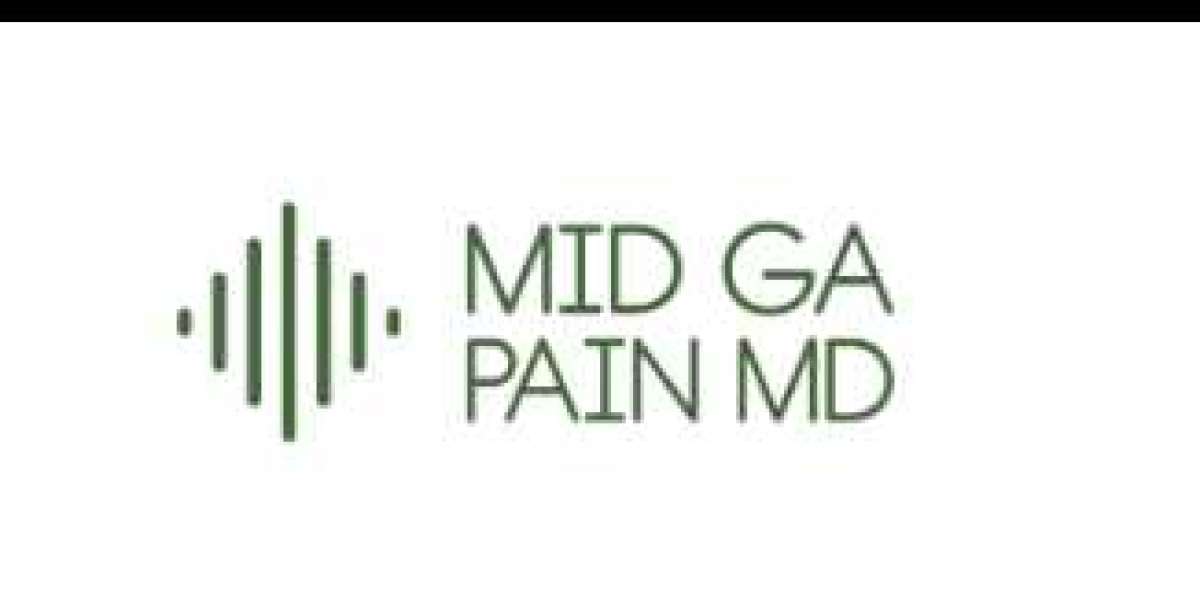Neck pain is more than just a physical discomfort—it’s a barrier to leading a fulfilling and active life. For many people, the persistence of Neck Pain can affect their productivity, emotional well-being, and ability to engage in daily activities. In this blog, we will delve into the impact of neck pain on daily life, explore its potential causes, and provide practical, actionable strategies for regaining mobility and improving overall health.
Understanding Neck Pain: The Silent Disruptor
The neck, also known as the cervical spine, is a marvel of anatomical design. It supports the head, allows for its movement, and connects vital structures of the brain and body. However, its flexibility and load-bearing responsibilities make it susceptible to pain and injury.
Common Causes of Neck Pain
- Poor Posture
- Prolonged use of phones or computers leads to "tech neck," a condition where the head is tilted forward for extended periods.
- Muscle Strain
- Sudden movements, poor sleeping positions, or repetitive stress can strain neck muscles.
- Degenerative Conditions
- Issues like osteoarthritis, herniated discs, or cervical spondylosis contribute to chronic neck pain.
- Injuries
- Whiplash from car accidents or sports injuries often results in neck pain.
- Stress and Tension
- Psychological stress can manifest physically, causing tightness and pain in the neck region.
The Daily Impact of Neck Pain
Physical Limitations
Restricted mobility can make everyday tasks—like driving, exercising, or even getting dressed—challenging. Persistent neck pain can also affect balance and coordination due to its connection with the vestibular system.
Emotional and Psychological Effects
- Chronic neck pain is closely associated with anxiety, depression, and sleep disturbances.
- The constant discomfort can lead to irritability, reduced self-esteem, and social withdrawal.
Workplace Challenges
- Neck pain can lower productivity and increase absenteeism.
- Ergonomic issues, like poorly positioned desks or chairs, exacerbate the problem.
Impact on Relationships
When pain limits physical activity or causes mood swings, it can strain personal and social relationships.
Regaining Mobility: A Step-by-Step Guide
Identifying the Root Cause
Consulting with a healthcare professional, such as a physical therapist or chiropractor, can help diagnose the underlying cause of Neck Pain. Diagnostic tools like X-rays, MRIs, or CT scans provide detailed insights.
Adopting Ergonomic Practices
- Workplace Adjustments:
- Use an adjustable chair with proper lumbar support.
- Position your screen at eye level and maintain a neutral neck position.
- Home Adjustments:
- Opt for supportive pillows and mattresses.
- Ensure proper alignment during sleep.
Regular Stretching and Strengthening Exercises
Incorporate neck-friendly exercises to enhance flexibility and strength:
- Chin Tucks: Align the neck by tucking the chin towards the chest.
- Neck Rotations: Slowly turn your head from side to side.
- Shoulder Blade Squeezes: Strengthen the upper back and improve posture.
- Cat-Cow Stretch: Relieves tension in the cervical spine.
Incorporating Alternative Therapies
- Acupuncture: Targets specific points to reduce pain and improve circulation.
- Massage Therapy: Eases muscle tension and enhances mobility.
- Hydrotherapy: Warm baths or water exercises reduce stiffness and inflammation.
Lifestyle Changes for Long-Term Relief
- Stay Active: Engage in low-impact activities like yoga, swimming, or walking.
- Mindfulness and Stress Management: Practices like meditation and deep breathing alleviate stress-induced tension.
- Nutrition: Consume anti-inflammatory foods like leafy greens, fish rich in omega-3, and nuts. Avoid processed foods and sugar, which can exacerbate inflammation.
Emerging Treatments for Neck Pain
Laser Therapy: Low-level laser therapy (LLLT) is a non-invasive Neck Pain that reduces pain and promotes healing in the cervical region.
Virtual Reality Rehabilitation: Virtual reality (VR) tools are being used for pain distraction and posture correction in patients with chronic neck pain.
Wearable Technology: Posture-correcting wearables provide real-time feedback, helping users maintain proper alignment.
PRP (Platelet-Rich Plasma) Therapy: This regenerative therapy uses a patient’s own blood components to heal damaged tissues and reduce inflammation.
Conclusion:
Neck pain doesn’t have to dictate your daily life. By understanding its causes and implementing targeted strategies, you can reclaim mobility and enhance your quality of life. The journey to recovery involves a mix of self-care, professional intervention, and lifestyle modifications. Don’t let neck pain hold you back—start taking proactive steps today. With the right approach, relief is within reach, and your days can once again be filled with movement, joy, and vitality.



